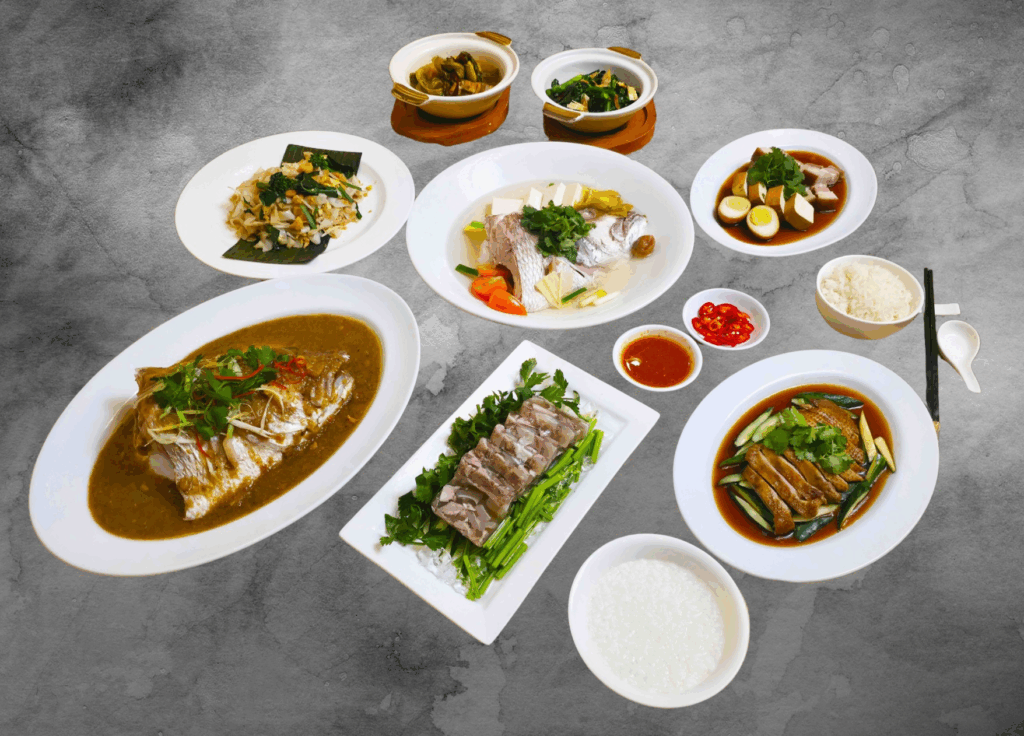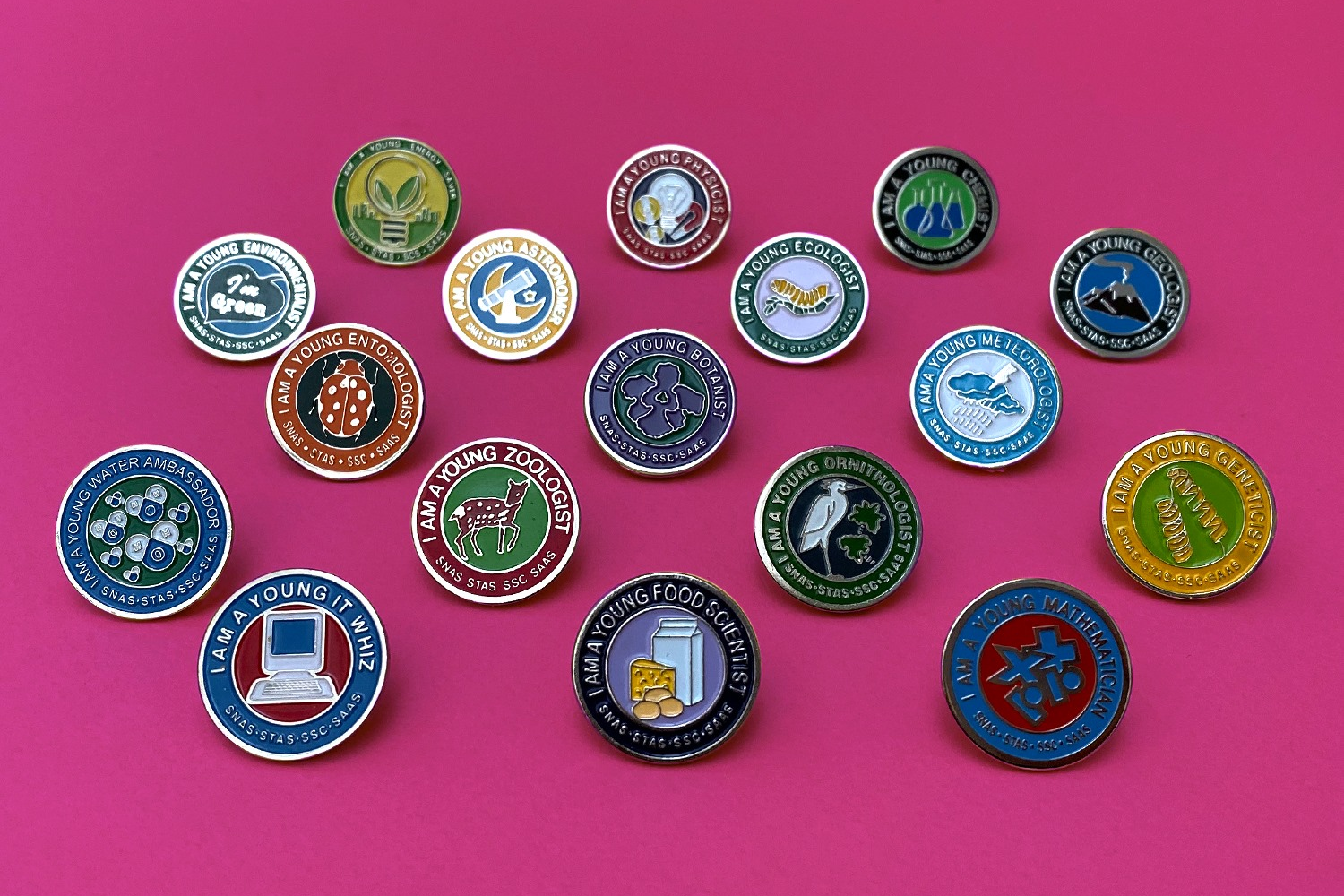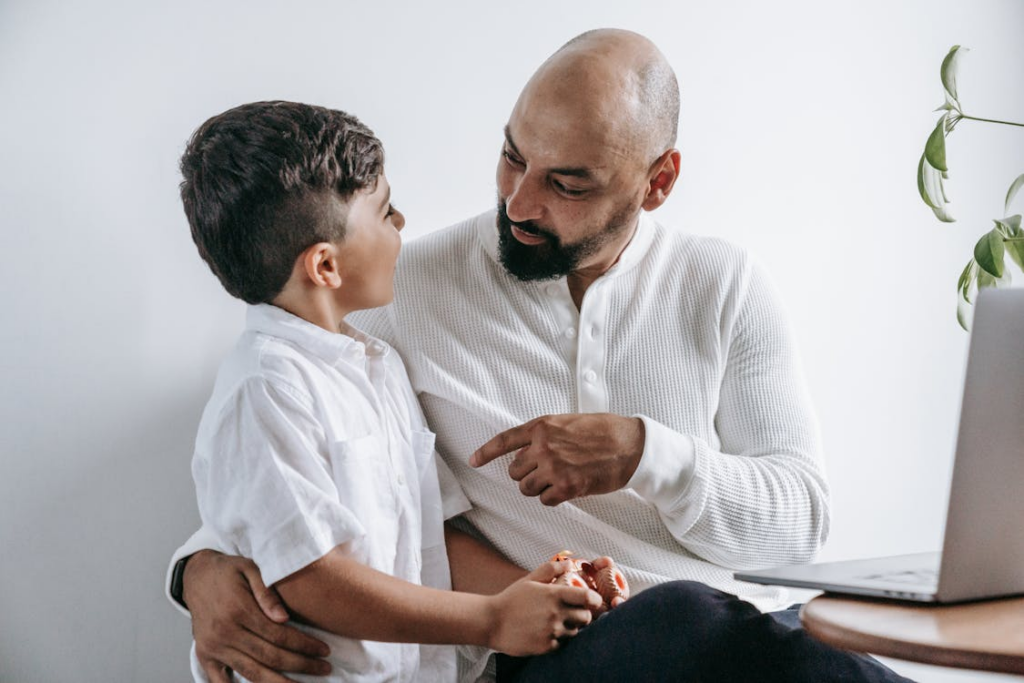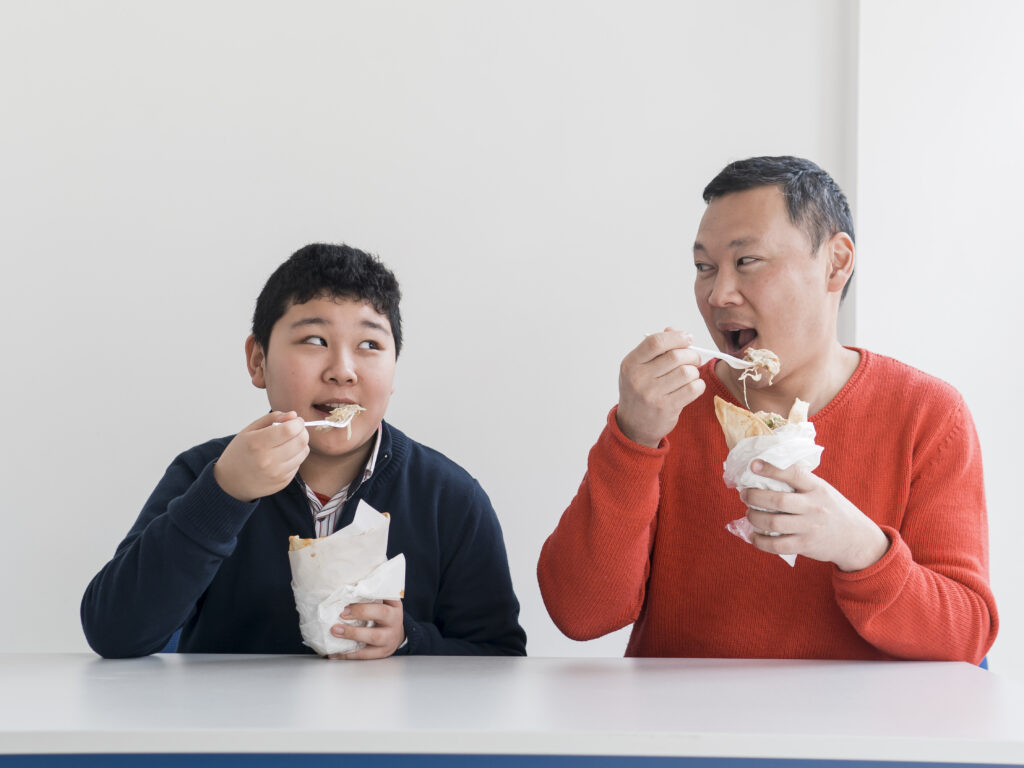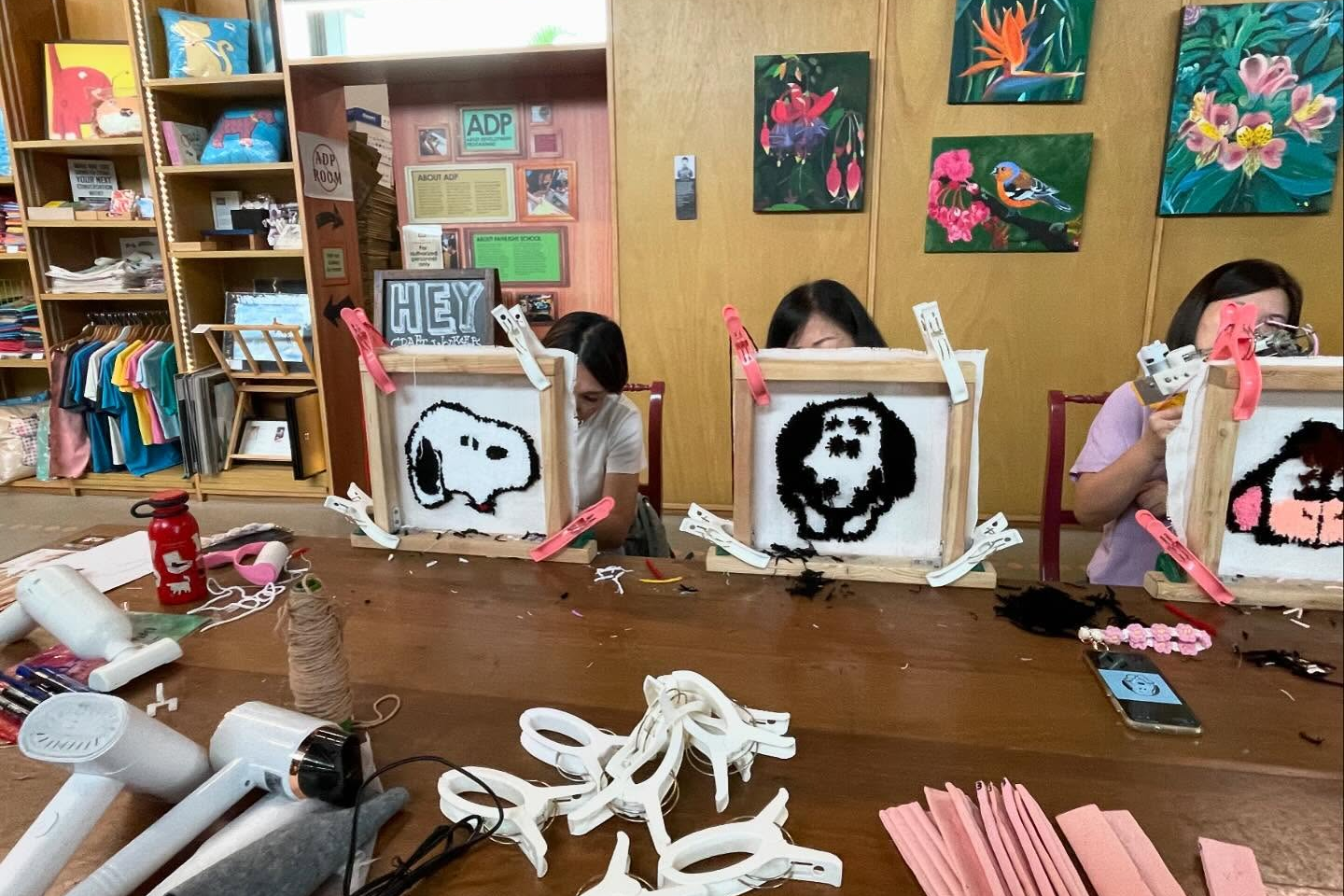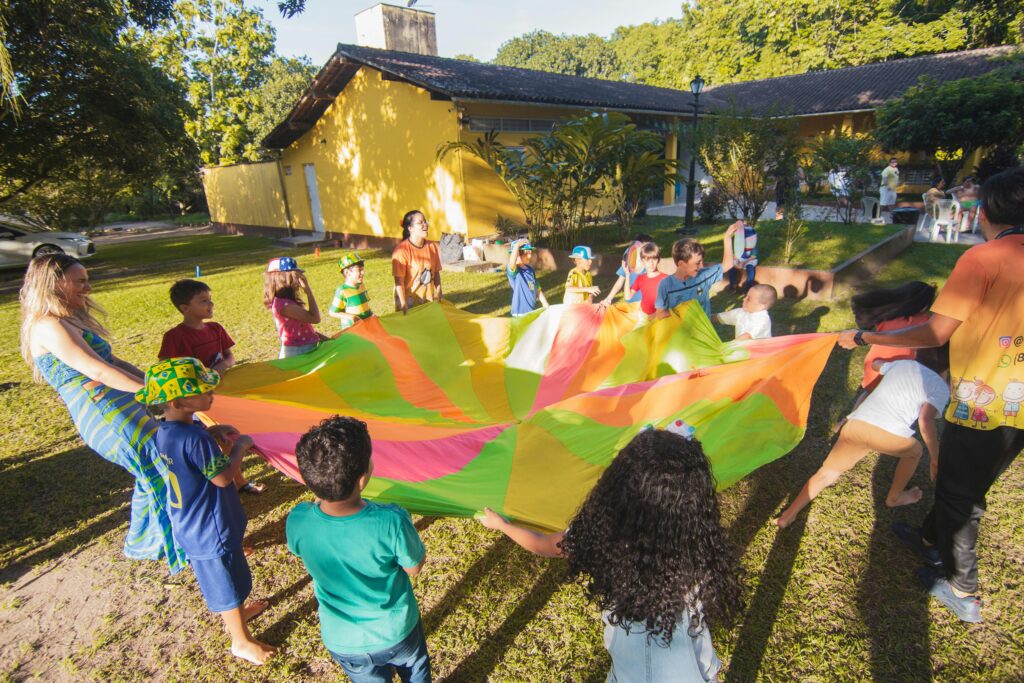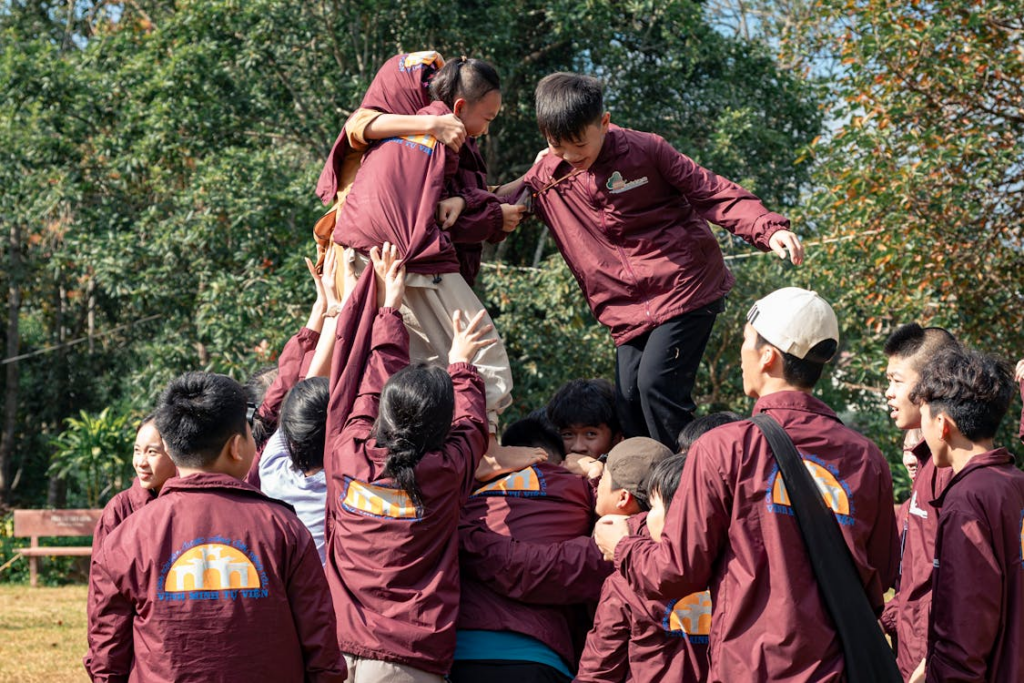"Independence Day unites us. From neighbourhoods at home to cities abroad."

Every year on 9 August, Singaporeans across the island and around the world come together to mark a meaningful milestone in our nation’s journey. This year is especially significant as we celebrate 60 years of independence and rally behind the National Day Parade (NDP) 2025 theme: “Majulah Singapura.”
It’s a time when the familiar red and white flag flies high, not just across neighbourhoods in Singapore, but in cities overseas where Singaporeans live, work, or study. Wherever it’s seen, the flag becomes more than just a symbol; it represents our shared values, collective hopes, and the deep sense of belonging that unites us.
Bringing Flavours of Singapore to Your Overseas Table

No National Day celebration abroad feels complete without familiar flavours on the table. For many Singaporean families, the kitchen is where the festivities begin,serving up favourites like chicken rice, laksa, and mee goreng.
Local Asian grocers often carry just what you need, including chilli crab sauce, chicken rice mixes, and nostalgic treats like muruku, Milo, and pandan cake.
Dining out can be just as comforting. In Sydney, Killiney Kopitiam offers kaya toast and laksa, London’s Old Chang Kee is known for its curry puffs and spring rolls, while Toronto’s Kiss My Pans serves up crowd-pleasers like Chinese rojak, ice kachang, and savoury carrot cake.
Tuning In from Afar: Watching the NDP Online

Thanks to technology, many overseas families still gather around their screens to catch the National Day Parade, often waking up early or staying up late just to be part of the moment.
This year’s NDP 2025 Show promises to be an emotional and vibrant tribute to Singapore’s journey. Featuring over 3,000 performers and 39 artists, the performance will include intergenerational stories, inclusive acts, and songs we all know and love. Hosted by Joakim Gomez, Sonia Chew, Ebi Shankara, and Siti Khalijah, with William Xavier returning as the iconic “Voice of NDP”. The show is designed to reflect how far we’ve come in the last 60 years of independence.
Catch the live broadcast on 9 August, from 5:25 pm to 8:25 pm (SGT), across Mediacorp’s platforms: Channel 5, Channel 8, Channel U, Suria, Vasantham, okto, radio, online, and out-of-home screens.
Organising Gatherings and Events

Across the globe, Singaporean communities mark National Day with potlucks, barbecues, themed parties, cultural performances, local music, and Singaporean film screenings. These events are great for families, also offering children a chance to play traditional games like Five Stones, Chapteh, Gasing, Kuti Kuti, and Pick-up Sticks.
One inspiring example comes from the United States, where 19-year-old Joy Chee, a computer animation student at Ringling College of Art and Design in Florida, is part of a team organising a large-scale event for Singaporeans in the San Francisco Bay Area. The celebration, themed A Legacy of 60 Years, will be held on 21 September and is led by SingaporeConnect, a non-profit group that hosts social and cultural events for Singaporeans living in the region. With a core team of 11 volunteers, a projected turnout of 3,000 guests, and over 100 volunteers involved, this marks SingaporeConnect’s most ambitious event yet. It’s a thoughtful way to highlight Singapore’s culture and connect overseas Singaporeans across generations.
These community-led gatherings not only bring festive cheer but also offer a meaningful space for families to connect, celebrate shared heritage, and build lasting friendships abroad.
Sharing Greetings and Wishes

Social media and messaging platforms come alive with greetings, photos, and patriotic messages as Singaporeans everywhere celebrate together. From a cheerful “Happy National Day!” to snapshots of red-and-white outfits.
This year, SGWish offers an easy and heartfelt way to join in the celebrations. Add your message to a growing wall of hopes for Singapore’s future. For something a little more fun, try SGMoji, a playful avatar builder that lets you create your Singapore-inspired character. Choose from local outfits, familiar backdrops, and quirky accessories to design one that’s uniquely you.
Cosy Up with Local Films

For many living abroad who are spending National Day cosied up at home, streaming a local film is an easy and enjoyable way to get into the spirit of the celebrations. Whether watching alone or with company, there’s plenty of Singapore-made content to choose from.
Platforms like meWATCH, Netflix, and Disney+ offer a wide range of genres, from drama and adventure to comedy, horror, and action. There’s also a strong selection of documentaries and entertainment specials that showcase local culture and stories. For younger viewers, there’s a lot to explore, too. Preschool animations, pre-teen series, and edutainment shows are great options for keeping kids engaged.
Check out: Where to Eat This SG60: Great Dining Promotions Around Town and Best Places to be at on Singapore’s National Day 2024















